Search Articles
Browse Content (p. 60)

Article
The Sun & the Moon in Norse Myth
In Norse mythology, the Sun and the Moon appear as personified siblings pulling the heavenly bodies and chased by wolves, or as plain objects. Written sources, such as the Poetic Edda and the Prose Edda, have surprisingly little to say about...

Article
The History of Champagne
Wine has been made for over 7,000 years, and effervescent wine for just as long since sealing wine before the fermentation is complete will naturally produce it. True sparkling wine, though, a wine that is clear from cloudy impurities, was...
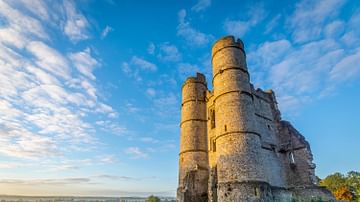
Article
Second Battle of Newbury
The Second Battle of Newbury on 27 October 1644 was a major battle during the English Civil Wars (1642-1651). There was no clear winner despite the Parliamentarians having a numerical advantage of 2:1. The seeming lack of coordination between...

Article
Battle of Marston Moor
The Battle of Marston Moor near York on 2 July 1644 was one of the most important engagements of the English Civil Wars (1642-1651). The Parliamentarians won the battle which, involving over 45,000 men, was the largest of the First English...
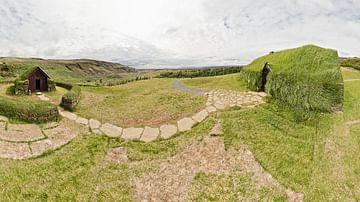
Article
Wealth & Power in Medieval Iceland
Early medieval Iceland, the Viking colony, was a democratic and egalitarian society, but the scarcity of resources and the rough environment created competition, where local chieftains resorted to different tactics to acquire wealth and money...
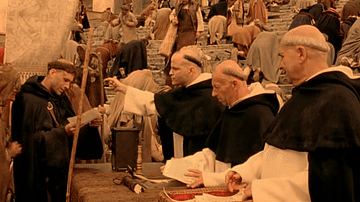
Article
1521 Excommunication of Luther: Complete Text
In response to Martin Luther's 95 Theses, as well as his other works, Pope Leo X sent a papal bull threatening him with excommunication in June 1520. Luther publicly burned the bull at Wittenberg on 10 December 1520 and was officially excommunicated...

Interview
Interview with Michael Levy
Join World History Encyclopedia as they talk to Michael Levy, a prolific composer of the ancient lyre all about his inspiration and knowledge of the instrument. If you want to hear Michael perform, be sure to check out our video interview...
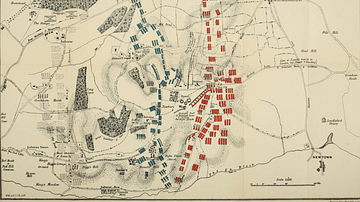
Article
First Battle of Newbury
The First Battle of Newbury on 20 September 1643 was a major engagement between Royalist and Parliamentarian armies during the English Civil Wars (1642-1651). The Royalist forces loyal to Charles I of England (r. 1625-1649) were led by Prince...

Article
Medieval Indulgence & Martin Luther
The medieval indulgence was a writ offered by the Church, for money, guaranteeing the remission of sin, and its abuse was the spark that inspired Martin Luther's 95 Theses. Luther (l. 1483-1546) claimed the sale of indulgences was unbiblical...
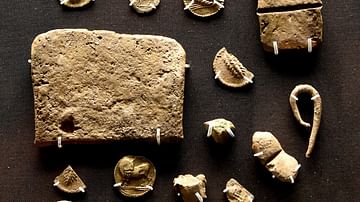
Article
Treasure Hoards in Ancient Literature
Aristophanes wrote in the 5th century BCE about coin hoards in Athens. He joked about the common saying, "No one knows but the birds where I hid my money," which led buffoons in his play to follow birds around with a shovel, hoping to excavate...